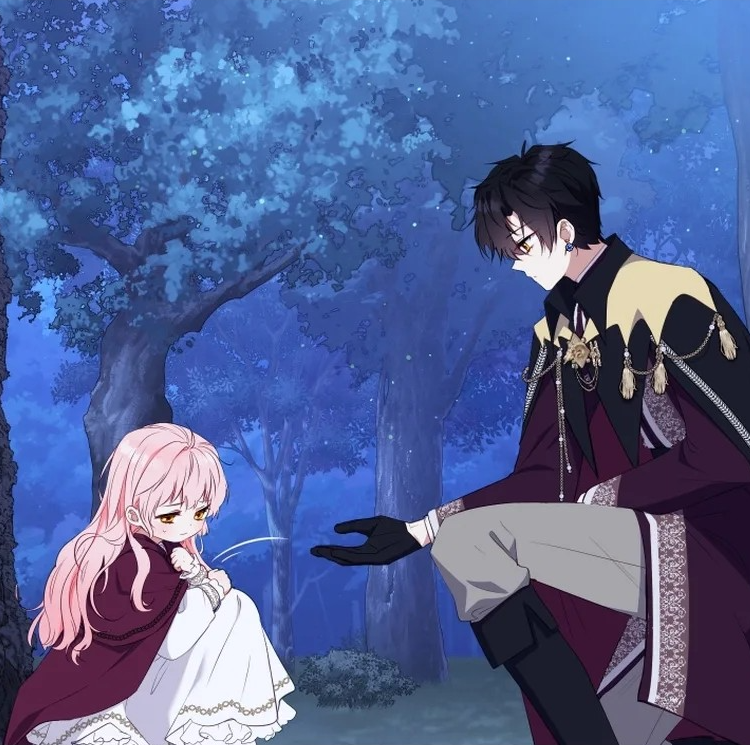In the realm of storytelling, few stories captivate readers like those that delve into the complexities of villainy and moral dilemmas. im being raised by villains – chapter 36 continues this trend, taking readers on a trip through a world where the lines between good and evil blur. This chapter is a pivotal moment in the series, offering rich insights into the protagonist’s journey, challenges, and the profound themes of loyalty, betrayal, and morality.
Im Being Raised by Villains is a narrative that travels the life of a protagonist raised by a group of villains. The story has been a rollercoaster of emotions, with each chapter see-through new layers of complexity. Chapter 36, in particular, stands out for its deep exploration of the protagonist’s internal conflicts and the shifting dynamics within the story.
Chapter 36 delves into moral vagueness, identity, and the struggle between loyalty and betrayal. These themes are central to the story, adding depth to the fonts and driving the plot forward.
The protagonist’s journey in chapter 36 is marked by important character development. As they navigate the challenges posed by their upbringing and the moral dilemmas they face, their internal conflict becomes more pronounced. This chapter is a turning point, where the protagonist begins to question their beliefs and the values instilled by their villainous guardians.
Villainy in this story is not black and white. The characters exist in shades of gray, forcing both the character and the readers to reconsider what defines heroism. Chapter 36 highlights this ambiguity, making it clear that the line between good and evil is often blurred.
Chapter 36 is a pivotal instant that shifts the dynamics of the narrative. The reveal of hidden truths and secrets long buried in the shadows redesigns our understanding of key characters. This chapter pulls readers deeper into the complexity of villainy and morality, showcasing how insights can be dramatically altered.
As the layers peel away, readers witness shocking revelations that have a deep impact on the protagonist. Feelings of betrayal and confusion surface as associations come into question. This emotional rollercoaster keeps readers on edge, interrogative everything they thought they knew about loyalty and family ties.
Trust is a fragile concept in a world dominated by deceit. Chapter 36 explores the brittleness of alliances and the complexities of trust. The protagonist’s struggle with faithfulness and betrayal is a central theme, driving the emotional weight of the story.
Alliances in this chapter shift unpredictably, creating tension and doubt. The protagonist is forced to reconsider who they can rely on in this twisted realism, making the story even more compelling.
The protagonist’s struggle with the contradictory values instilled by their villainous guardians is a key aspect of chapter 36. This internal conflict tourist attractions the complexities of morality in a world where good and evil are often blurred.
Chapter 36 challenges both the protagonist and the readers to reflect on their definitions of right and wrong. The relationships within the story further confuse matters, creating a rich narrative tapestry filled with emotional depth.
The emotional weight carried throughout this chapter highlights resilience amidst chaos. The story encourages readers to embrace uncertainty while staying true to their values, even when enclosed by darkness.
Chapter 36 invites readers to reflect on their own beliefs about good and evil, stimulating societal norms and encouraging introspection. The complexity of the characters and their choices resonates with readers, making the story relatable and thought-provoking.
Chapter 36 is rich with literary techniques that enhance the story’s depth. Prophesy and symbolism are used effectively to build tension and add layers of meaning to the narrative.
Dialogue plays a crucial role in character development in chapter 36. Through chats, the characters’ motivations and internal conflicts are revealed, adding depth to the story and engaging the readers.
As chapter 36 concludes, readers are left with questions about what lies ahead. The exposes and character developments in this chapter set the stage for future plot twists and challenges for the protagonist.
The potential for character growth and development is significant, particularly for the character. As they grapple with their identity and the moral dilemmas they face, their journey promises to be one of transformation and self-discovery.
Literary critics have praised chapter 36 for its deep exploration of moral vagueness and character development. The complexity of the story and the emotional weight it carries have been highlighted as key strengths.
Chapter 36 has drawn comparisons to other works that explore themes of moral ambiguity and the struggle between good and evil. The story’s unique perspective on villainy sets it apart, making it a compelling read.
Readers can take away valuable lessons from chapter 36 about resilience, empathy, and the importance of understanding different perspectives. The story highlights how even those raised in darkness have the potential for light within them if they choose to seek it.
The moral dilemmas faced by the protagonist in chapter 36 resonate with real-life situations. The story encourages readers to reflect on their values and the choices they make in difficult circumstances.
Chapter 36 of im being raised by villains is a masterful exploration of moral ambiguity, identity, and the complexities of loyalty and betrayal. The protagonist’s journey is one of self-discovery, resilience, and transformation, making this chapter a pivotal moment in the series. As readers investigate deeper into the story, they are invited to reflect on their own beliefs and the nature of good and evil.
The central theme of chapter 36 revolves around moral vagueness and the struggle between nature versus nurture. The protagonist grapples with their identity, questioning whether they can escape the villainous legacy imposed upon them.
In chapter 36, the protagonist faces significant external pressures and interior conflicts that challenge their sense of self. They begin to carve out a unique path separate from their villainous upbringing, showing growth and development.
Readers can learn about the importance of resilience, empathy, and understanding different viewpoints. Chapter 36 highlights that even those raised in darkness have the potential for light if they choose to seek it.

